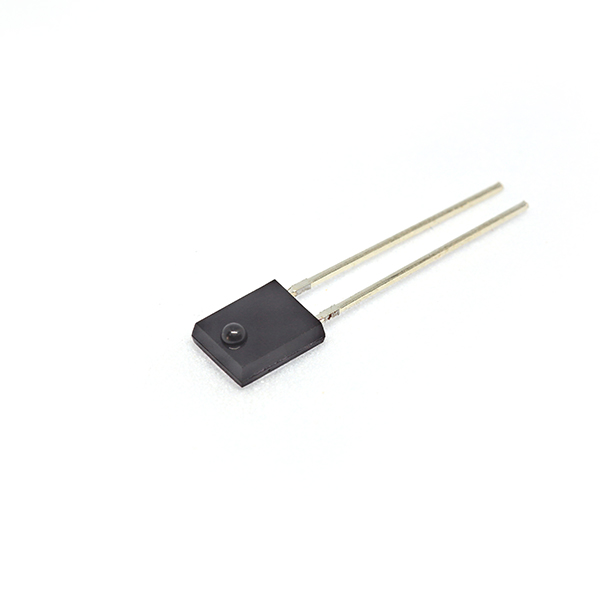The semiconductor materials used in infrared emission and reception tubes are usually gallium arsenide (GaAs), gallium aluminum arsenide (GaAlAs), etc., packaged in fully transparent or light blue, black resin. At present, the application of infrared emission and reception tubes is mainly as signal sources for various photoelectric detectors, which are used in remote control, alarm and wireless communication. For example, the dark red semi transparent spherical device we see at the front end of transmission devices such as TV remote controllers is the LED infrared emission and reception tube.
LED should be adhered to during the application processInfrared transmitting and receiving tubeThe appearance of the product should be clean, and it should not be rubbed or damaged externally, otherwise it will cause reflection or scattering of the emitted infrared light, directly affecting the application effect. This is also something we need to pay attention to in our work and use.

LED infrared emission and reception tubes must be used in conjunction with LED infrared connectors, so when selecting, special attention should be paid to whether the wavelength parameters of the infrared signals they emit can match, otherwise it will affect the flexibility of reception.
There are also many types of LED infrared connectors, which usually have three pins, including power supply pin, ground pin, and signal output pin. Usually, consumer manufacturers integrate the infrared connector and circuit into one component to form an integrated device, which includes internal circuits such as LED infrared connector, amplifier, limiter, bandpass filter, integrator circuit, and comparator. The LED infrared receiver receives the infrared signal and sends it to the amplifier and limiter. The limiter controls the pulse amplitude to a certain extent (due to the uncertainty of the distance between the LED infrared emitting tubes). The AC signal then enters the bandpass filter (which can pass through a load wave of 30kHz to 60kHz), and then enters the comparator through demodulation and integration circuits. The output of the comparator is restored to the signal waveform at the emitting end.
The installation of infrared remote control in household appliances is a typical daily application of LED infrared emission and reception tubes and receivers. Its advantages are good anti-interference, simple and easy to complete circuits, low power consumption and low cost. Nowadays, almost all household appliance remote control installations use this type of installation.
Address: 5th Floor, Building 12, Changfeng Industrial Park, Dongkeng, Fenghuang Street, Guangming District, Shenzhen, Guangdong Province
Phone: 17727428719 (Manager Liu)
Email: led_best@163.com
Copyright © 2023 Tianshi All Rights Reserved 粤ICP备2021179733号